This Spring my partner and I – along with tens of thousands of Americans – were stunned to watch President Donald Trump sign an Executive Order that could jeopardize one of America’s greatest assets: our national monuments. From Bears Ears to the Statue of Liberty, our national monuments preserve our natural and cultural heritage.
As a long-time supporter and lover of our public lands, and after some serious soul-searching, I decided to leave my job at a law firm in Portland, Oregon to see what I could do to help protect these places that we love and in which we play. Having grown up exploring our public lands, it just seemed important to do my part to protect these places for future generations. My partner, Sam, a communications expert in a local non-profit and awesome photographer was all in; willing to use his skills – written and via the camera – to protect these special place and to help tell a story of our American birthright.
So we decided to take a leap and help defend our national monuments! Over the course of the next few months, we will be visiting threatened national monuments throughout the West.
And we want you to come along for the ride. We hope to meet many of the people who worked together to conserve our national heritage along the way. And we hope that you join us in defending our national monuments by making your voices heard at here.
First stop, Hanford Reach in Washington!

Hanford Reach National Monument
On a near 100 degree day we pulled into Richland, WA, heading to Hanford Reach National Monument, our first monument of the trip! Designated in 2000 by President Clinton, Hanford Reach is 195,000 acres along the Columbia River in eastern Washington.
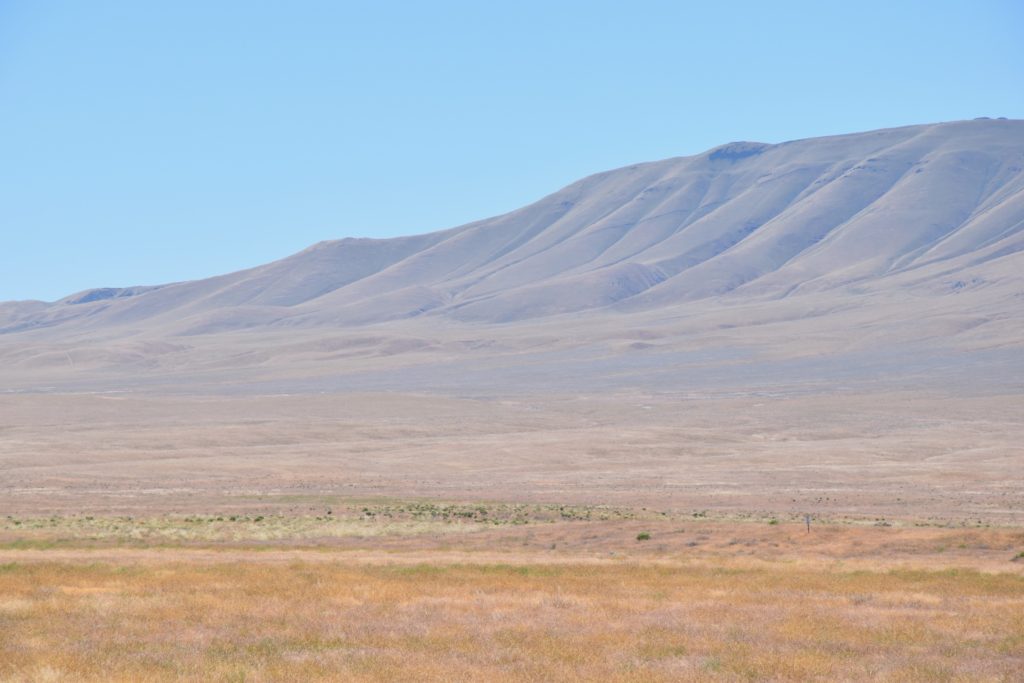
Rattlesnake Mountain
Our first stop was Columbia Kayak Adventures to chat about floating the monument. They do tours which fill quickly and sound amazing. The next Hanford Reach tour wasn’t until July, so we rented a tandem and they shuttled us to just below the monument’s boundary. We spent two hours drifting back to Richland. Leaving the cool Columbia River water was rough, but we jumped in the car and drove to the monument’s western end.
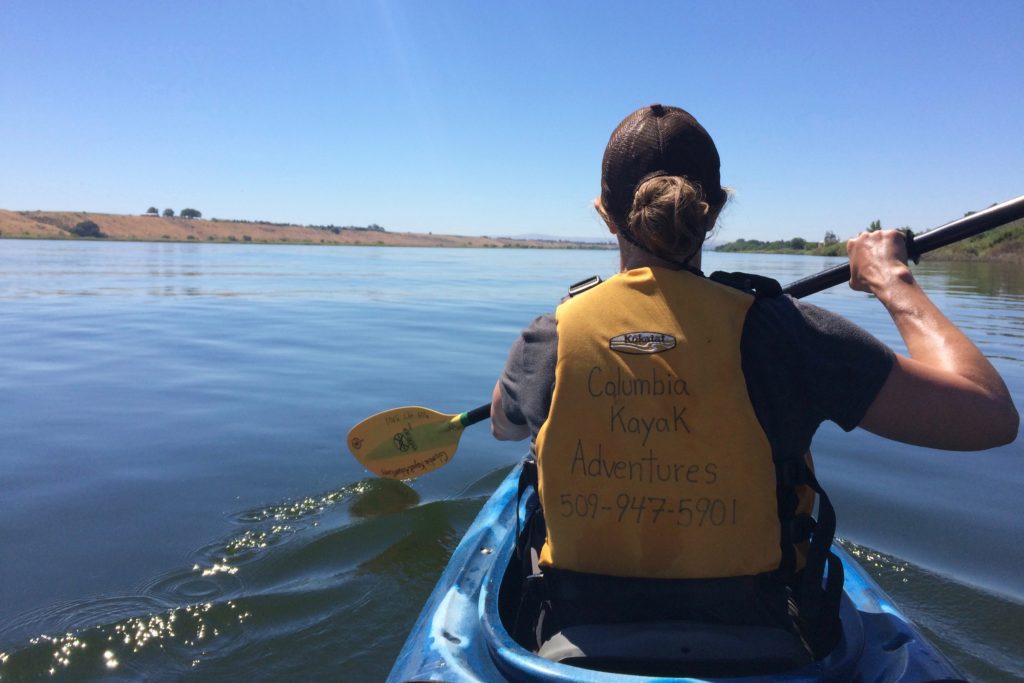
Kayaking in Hanford Reach National Monument
Before today, I equated Hanford Reach solely with its terrifying history of housing the Manhattan Project which developed the world’s first weapons-grade plutonium for the nuclear bomb dropped on Nagasaki, Japan, during World War II.
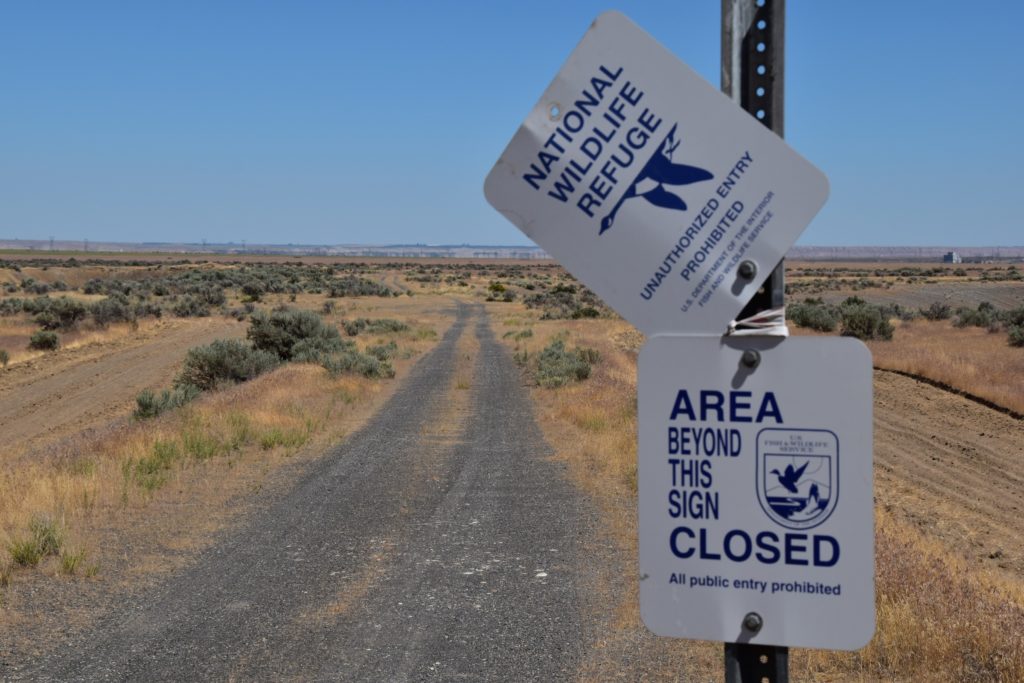
Hanford Reach is one of the few national monuments managed by the U.S. Fish & Wildlife Service as a wildlife refuge.
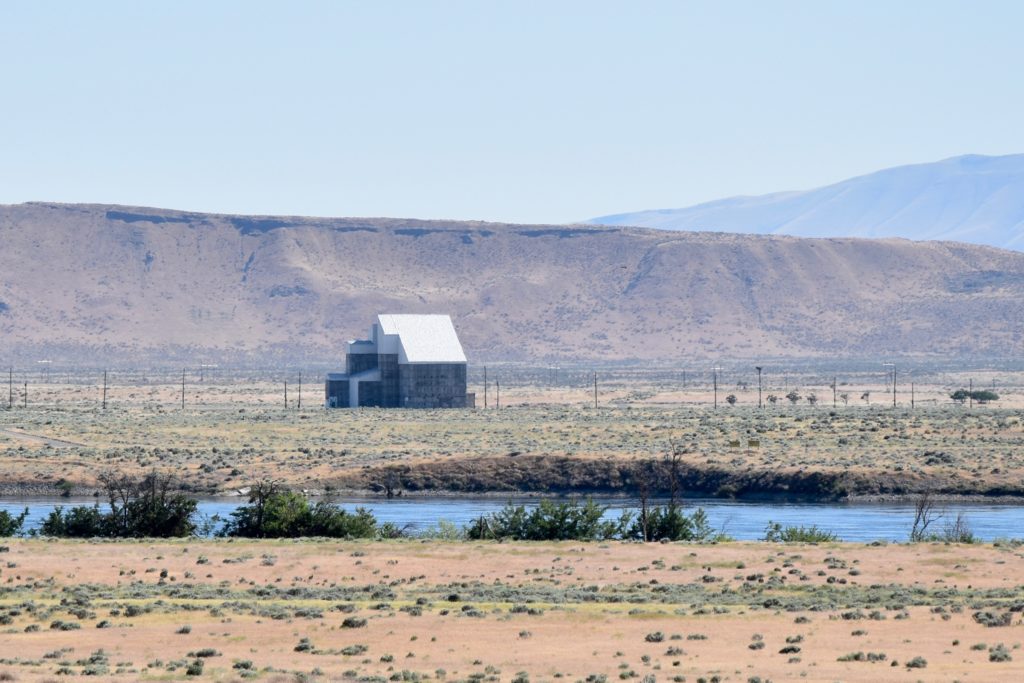
A nuclear reactor – Hanford Reach housed the Manhattan Project which developed the world’s first weapons-grade plutonium for nuclear weapons.
The ecological benefit of the area’s nuclear history is that access to the area surrounding the reactors was severely limited and the lands comprising the monument remained undeveloped. As a result, the area provides excellent intact habitat for plants and wildlife. In fact, Hanford Reach is one of the few national monuments managed by the U.S. Fish & Wildlife Service as a wildlife refuge. The monument is home to elk, beaver, badgers, and bobcats. It is also a stop-over for migratory birds and wintering habitat for bald eagles, white pelicans, and waterfowl. Additionally, in the 1990s, The Nature Conservancy identified dozens of plants and insects
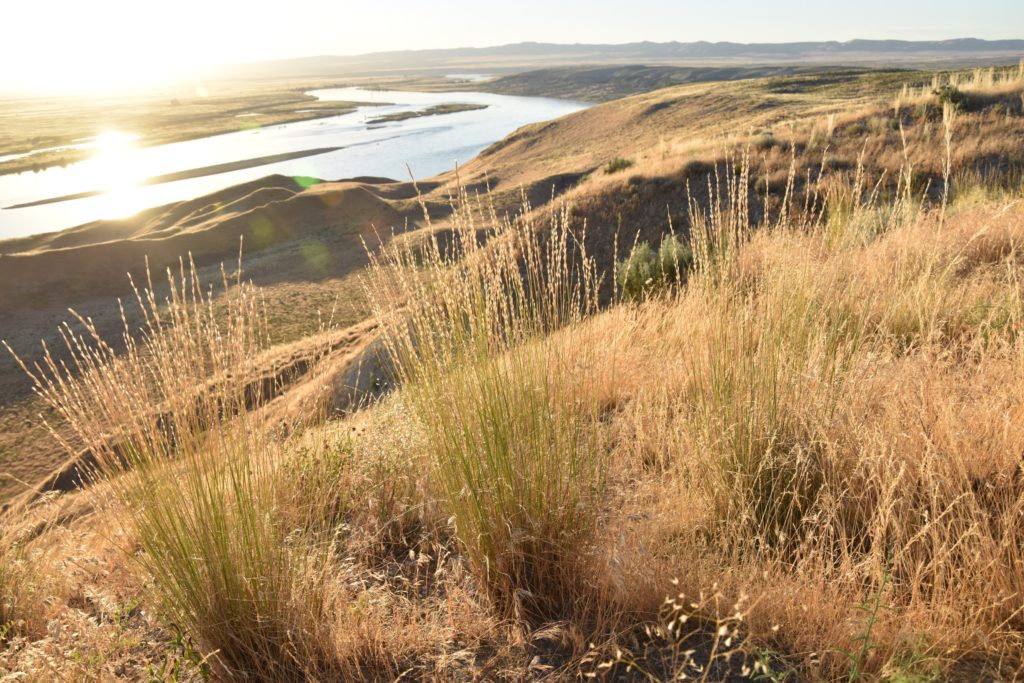
Columbia River Bank
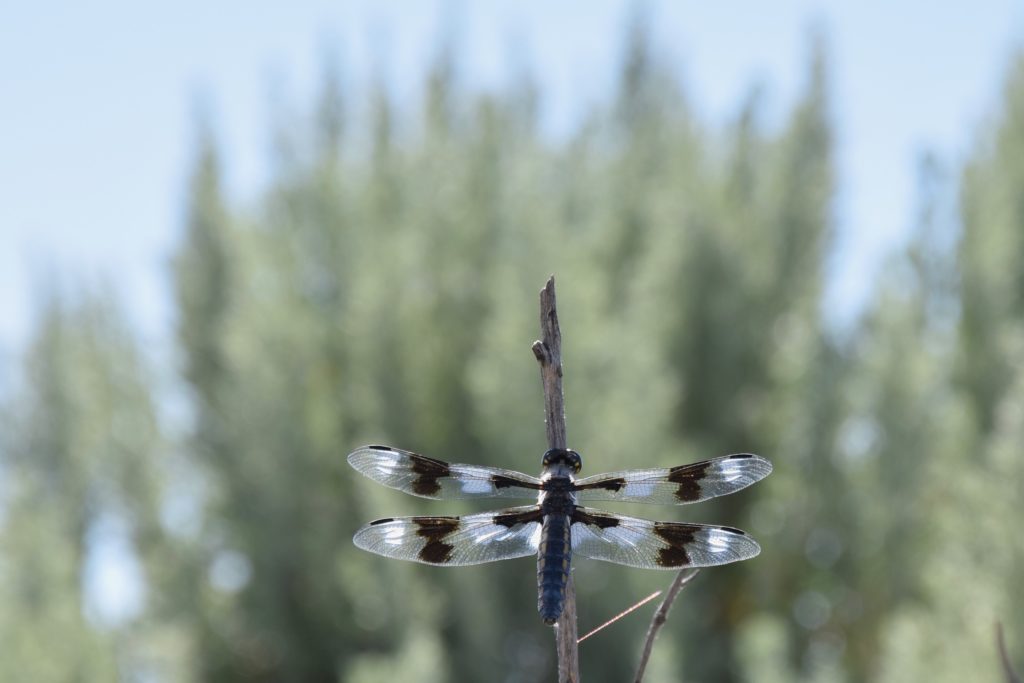
Dragonfly
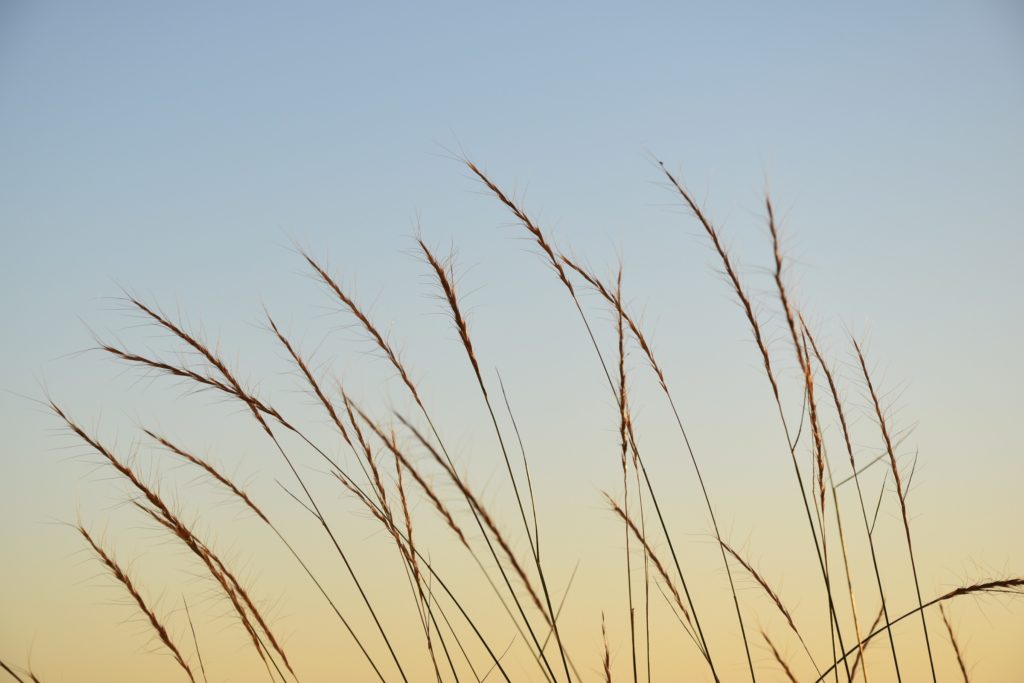
Native Grass in Hanford
The 18-mile stretch of the Columbia River within the monument is some of the only free-flowing water of the river and has some the last remaining fall Chinook spawning grounds. Floating the river would be the best way to see the monument. Columbia Riverkeeper, whose mission is to protect and steward the great river offers a kayak tour of the monument and is the best source for Columbia River conservation and advocacy.
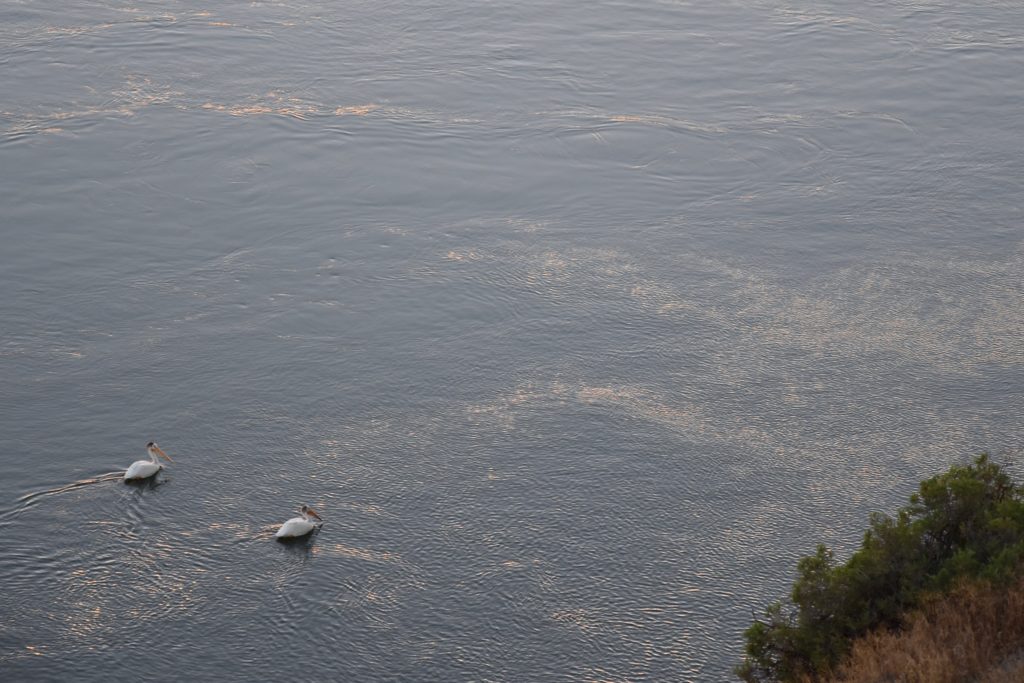
Pelicans
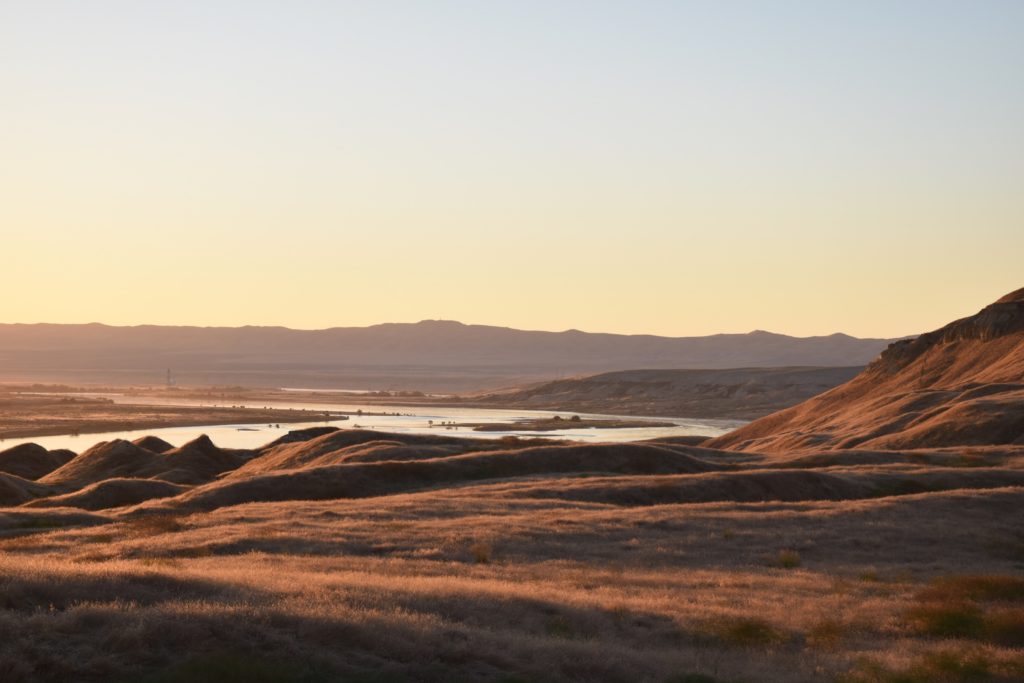
The beauty of Hanford Reach National Monument
With just a taste of Hanford Reach, it was clearly a special place that houses secrets both of our past and of the plants and wildlife that call it home today.
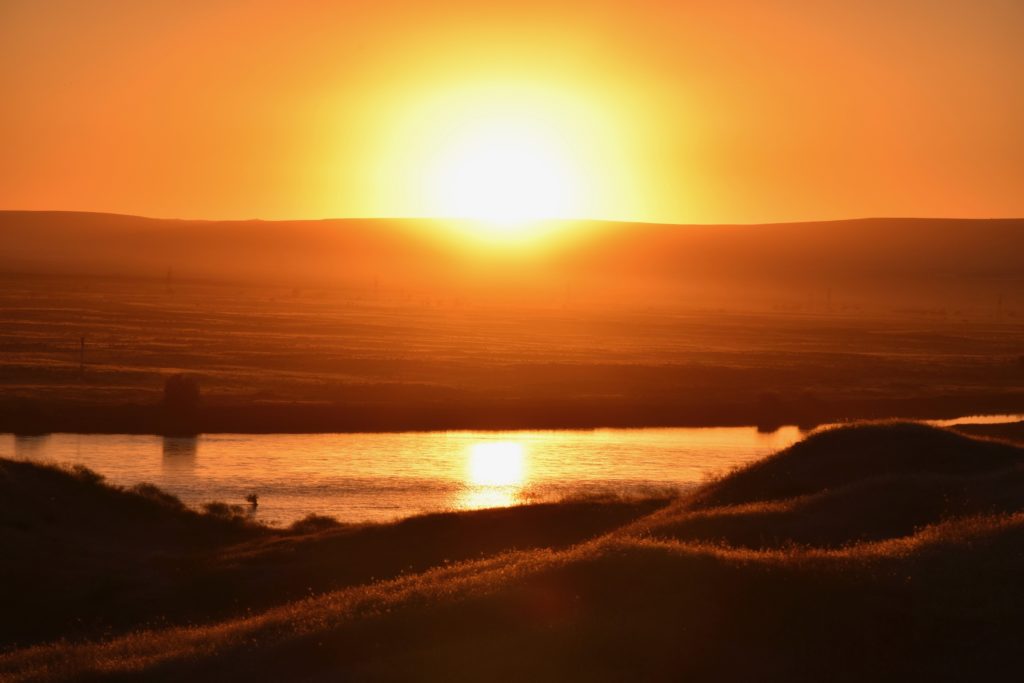
Sunset in Hanford
As we travel onto our next national monument, I urge you to please help preserve this incredible wildlife haven for future generations to enjoy. Visit here to take action!
